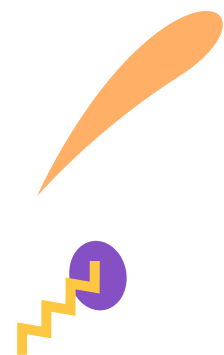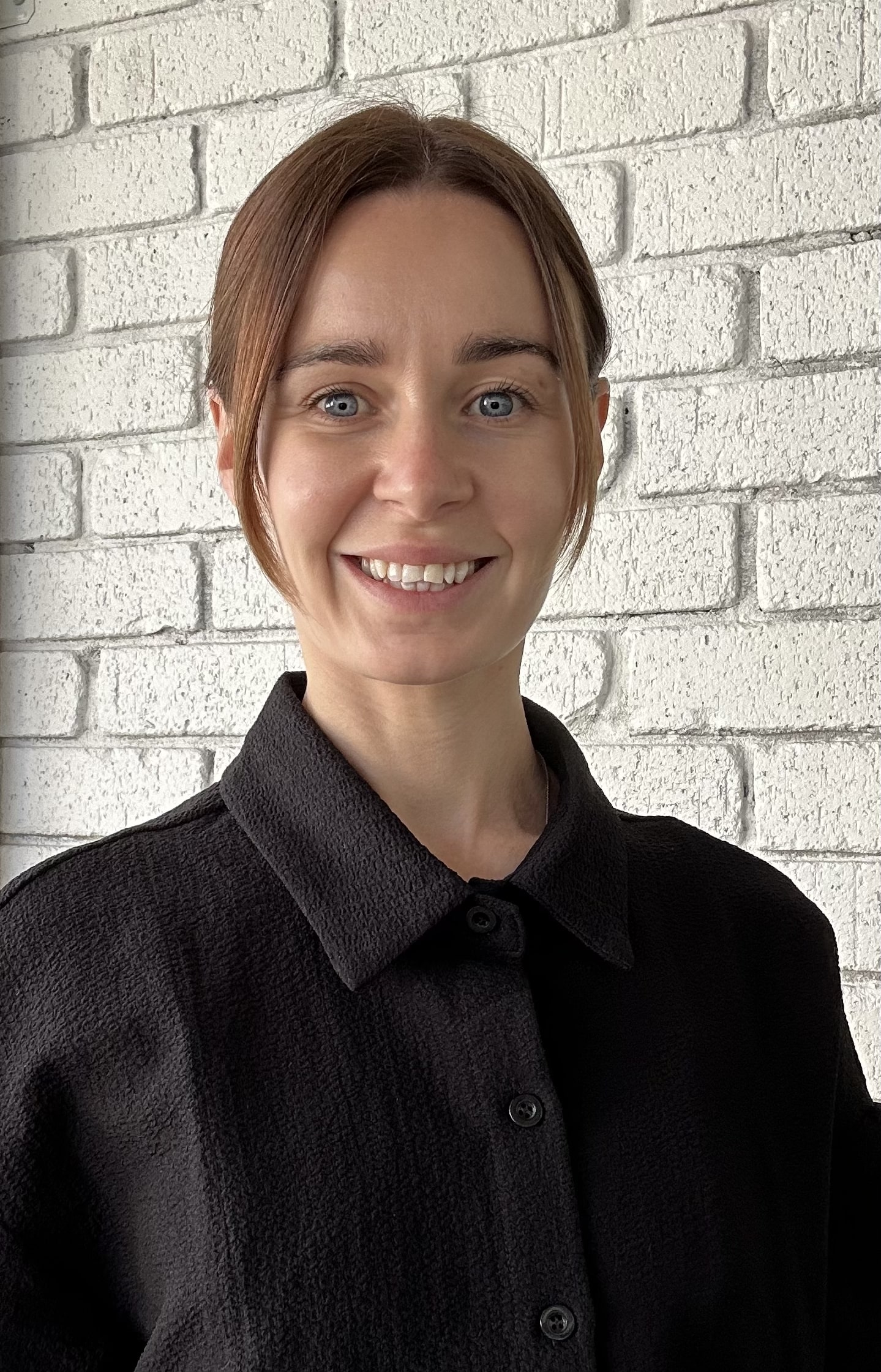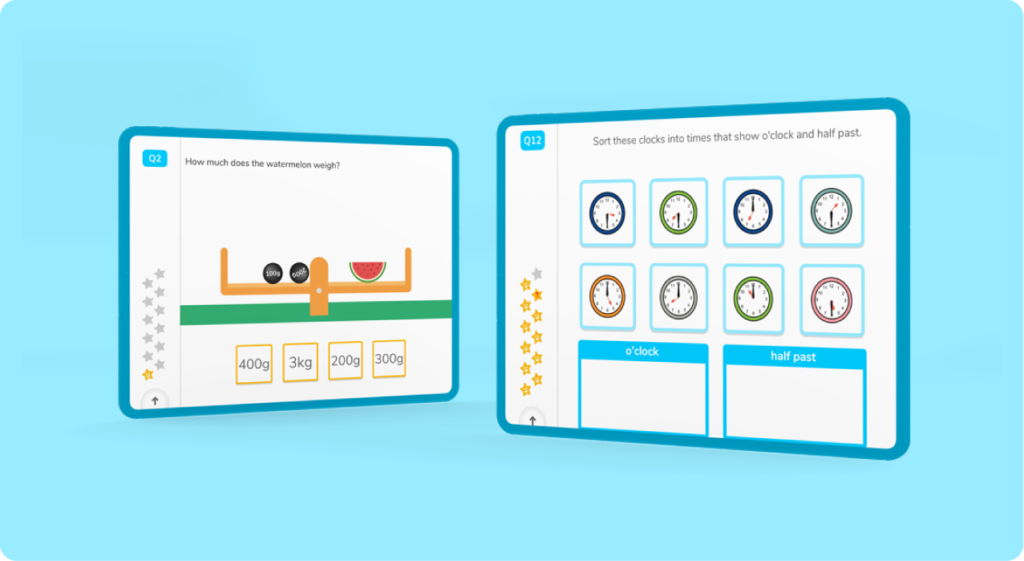

What students need to know by the end of the Year 5 maths curriculum as they prepare for school.

Author
Robyn Oliver
Published
October 2025


What students need to know by the end of the Year 5 maths curriculum as they prepare for school.

Author
Robyn Oliver
Published
October 2025


What students need to know by the end of the Year 5 maths curriculum as they prepare for school.

Author
Robyn Oliver
Published
October 2025

Key takeaways
During Year 5, students will delve into the Australian curriculum of maths, and they will follow the three strands of the Australian Curriculum: Number and Algebra, Measurement and Geometry, and Statistics and Probability. Each of these strands is further divided into multiple sub-strands. A Year 5 student will explore complex mathematical concepts, using the knowledge and rules they developed in their previous school years and extending on these further. Students are learning real-life skills that are essential for day-to-day life, a crucial skill for children as they grow in independence inside and outside the classroom. Maths requires problem-solving skills, mental resilience, persistence, flexibility, and analytical skills, skills which can all be transferred to other academic subjects as well as life outside of school, such as soccer or swim teams. Developing a strong understanding of maths and the underpinnings allows children to develop a sense of belonging within the world. To support your Year 5 child with their lifelong learning skills, download the Doodle Maths App for a personalised, adaptive approach, tailored to your child’s current strengths and needs. The Doodle Maths app has been designed by teachers based on the Australian curriculum. Let’s take a look inside the Year 5 maths curriculum…
Let’s take a closer look at what your learners will cover in each of these areas.
Unlock unlimited maths questions
Put your skills to the test with fun exercises + maths games that are proven to boost ability!
DoodleMaths is an award-winning maths app that’s aligned to the Year 6 maths curriculum and proven to double a child’s rate of progression with just 10 minutes of use a day!
Filled with fun, interactive questions covering the whole curriculum, it creates each child a unique work programme tailored to their needs, boosting their confidence and skills in maths. Try it for free today!

Maths for year 5 students is a big year! They are developing complex skills, recalling huge amounts of information, and practicing hands-on financial literacy skills that will set them up for future success!

Parents, sign up for a DoodleMaths subscription and see your child become a maths wizard!

Lesson credits

Robyn Oliver
Robyn is a teacher, educational content creator, and mum to three. After completing a Bachelor of Childhood Studies and a Postgraduate Certificate in Early Childhood Education, she moved to Perth, WA, and has spent her career working in a range of early childhood services and schools. These days, she mixes relief teaching in local schools with creating practical, engaging resources and mentoring early childhood services. Her work is driven by a genuine passion for supporting children to grow and learn, and helping educators feel confident and inspired in what they do.

Robyn Oliver
Robyn is a teacher, educational content creator, and mum to three. After completing a Bachelor of Childhood Studies and a Postgraduate Certificate in Early Childhood Education, she moved to Perth, WA, and has spent her career working in a range of early childhood services and schools. These days, she mixes relief teaching in local schools with creating practical, engaging resources and mentoring early childhood services. Her work is driven by a genuine passion for supporting children to grow and learn, and helping educators feel confident and inspired in what they do.
Book a chat with our team
If you’d like to use Doodle’s browser version, please visit this page on a desktop.
To log in to Doodle on this device, you can do so through our apps. You can find out how to download them here: